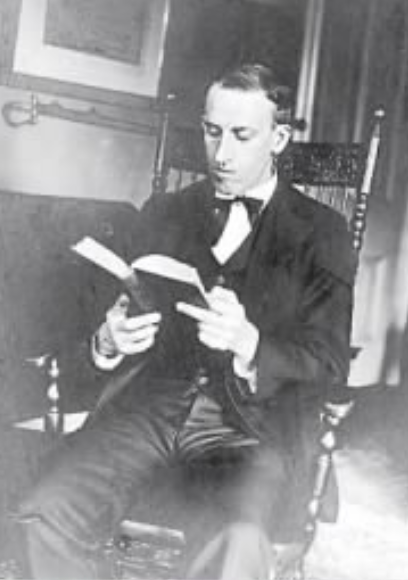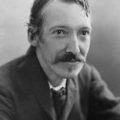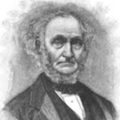Edwin Jellett
The Germantown Botanist
Today is the birthday of the Germantown historian, botanist, and writer Edwin Jellett who was born on this day in 1860.
The town of Germantown owes such a debt of gratitude to Edwin Jellett, who devoted himself to capturing the history and the flora of the area now part of Northwest Philadelphia. He was a font of knowledge about the area, and he was beyond generous with his research and time, happy to help anyone with a question or a mystery about Germantown.
Edwin had a column in the local paper that appeared for forty weeks during the year 1903. It was charming, and it was pretty extensive, and it covered his minute and astute observations and thoughts his two main passions: history and botany. Every entry concluded with a list of all the plants shared in the post, along with both the Latin and common names. Often, those lists featured upwards of 30 to 40 different species.
Recently, the Awbury Arboretum republished Edwin's entries online in honor of its centennial in 2016.
Here's what the Chair of the Awbury ArboretumAssociation, Mark Sellers, wrote about Edwin's final entry, which was published on December 4th, 1903. I think Mark perfectly captures Edwin's love for the area.
"To trace his path in this last article is to watch as a magician pulls one improbable thing after another from a hat that appears too small to hold them...
Hemlock boughs bend under the weight of the snow and ice, and as Edwin stops to inspect a bird’s nest that was occupied during his last visit, but now only contains snow.
It is apparent Edwin knew this was his last column. He reached as far into his memory and his understanding of what was beautiful around him...
While Edwin’s observations have significant historical and botanical value to the student of horticulture in Philadelphia, what makes them interesting reading is his joy. Joy at seeing and knowing, joy from watching the seasons change and seeing the landscape and recognizing its significance.
“On rocks or on exposed banks, speedwell - never in a hurry - waits, and in thickets, green ropy runners of smilax, and the more refined bittersweet may be seen climbing over banks...
On trunks of trees nearby, are alabaster projecting seats fit for elves or fairies... Lichens, liver worts and mosses which escaped us earlier become conspicuous, the greater volume of light admitted to the woods exposing their hidden retreats.
On hills and dry banks club mosses... prominently appear, and on damp rocks, where water trickles, marchantia, an exceeding odd plant, will be found carpeting many an exposure, and, like all hepaticaae, bearing unique flowers.
Keen as may be the interest in summer stars, far greater is the interest of winter ones, because of the presence of a number of planets, and the enhanced brilliancy of the heavens.
So the never-ceasing procession continues, and forever when day departs or seasons die galaxies of stars, constellations of indescribable beauty, and a moon whose splendor we can never fully know, course before us for observation and wonder.”
This post was featured onThe Daily Gardener podcast:
helping gardeners find their roots,
one story at a time






